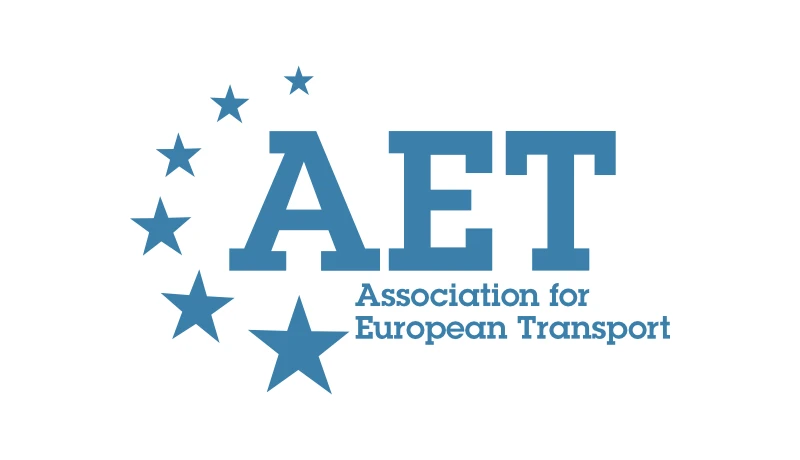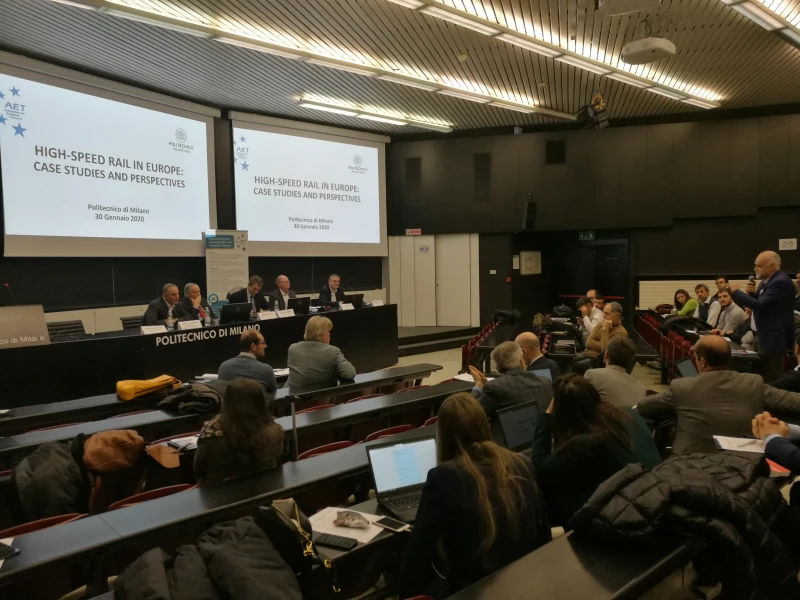-
Past ETC Papers
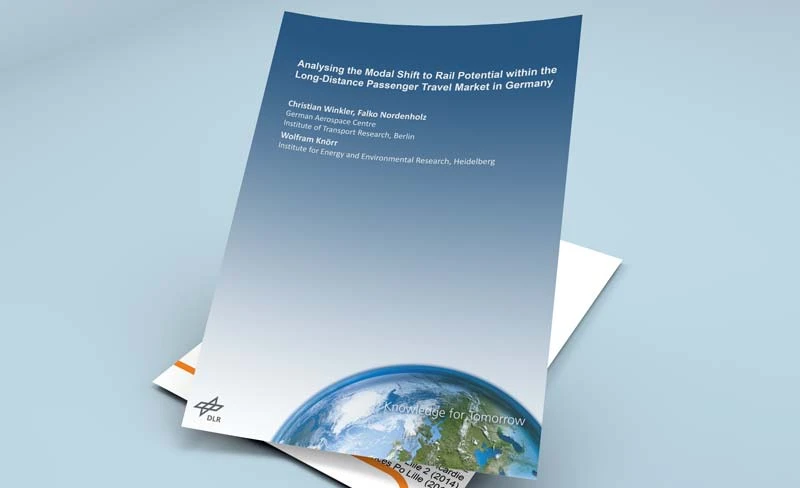
Browse, search and view papers from the past AET Conferences.
-
Members' Area

AET promotes networking and exchange of ideas, information and opportunities amongst members.
Conference Papers 2017
Barcelona, Spain
ETC Conference Papers 2017
From customer insights to new services
Seminar
Day 1 (4 Oct 2017), Session 3, Enhancing the Customer Experience, 17:00 - 19:00
Status
Accepted, documents submitted
Submitted by / Abstract owner
Mark Van Hagen
Authors
Mark Van Hagen, NS (Dutch Railways), Joost Van Der Made, NS (Dutch Railways)
Short abstract
Shown is how customer needs in a train journey are converted into proof of concepts and plotted in an innovation framework. Result is a targeted high service experience for the customer.
Abstract
From customer insights to new services
Train Operating Companies (TOC) are keen to attract new customers. The way to be successful is high performance and make customers happy. As part of its strategy, at the NS (the Dutch Railways) the customer comes first and passenger satisfaction is now the number one target and performance indicator. NS supports this ambition with a wealth of insights in the drivers of passenger satisfaction. The key challenge is how to successfully convert these insights into action; meaningful innovation that drives successful business.
We already know that a happy customer is a loyal customer (Van Hagen, de Bruyn &Ten Elsen, 2016). Because over 95 percent of our thoughts are subconscious and customers are not very good in telling what really makes them happy, it is important to tap into the subconscious brain and find out what really matters for customers. To do so we used a new research technique; the Underlying Construct Elicitation Method (UCEM). This technique consists of in-depth interviews using Photo Elicitation. Using this technique we both discovered which phases in the journey matter most to the customer (Van Hagen & Bron, 2014, Van Hagen & de Bruyn, 2015) and which needs at those moments are most important (Altuïtion, 2015). We found out that customers have three main drivers or needs that they want to have fulfilled: the needs for feeling in control, feeling appreciated and experiencing freedom.
Knowing the drivers of customer satisfaction, we need to convert insights into action. What do we need to fill in those needs and make our customers happy? To convert insights into innovation that drives successful business, we used the Design Thinking approach commonly used in the field of User Experience Design.
Using design research, we converted the core needs of our customers into a set of Customer Experience Principles as integral tools to help design brand touch points for our products and services. These principles form the basis of our business; it is why we do what we do. The power of the Customer Experience Principles is that they articulate how customers want to feel in the form of a business strategy.
The combined set of principles – three per core need (control, appreciation, freedom) – are linked to the eight stages of the customer journey making up the companies ‘Customer Experience Innovation Framework’. This framework allows for mapping out existing initiatives and pain points to check for gaps in the current experience. It is also used for creating, rating and upgrading new idea’s. For each idea a check is done how it affects and can impact all stages of the journey and how it can be used to activate each of the 9 experience principles.
Using the innovation framework like this, a portfolio of activities and initiatives is derived that ensures that for each of the moments of truth in the customer journey, the three core needs are addressed in an orchestrated way, actively driving up customer satisfaction.
In line with proper design & innovation methodology, new initiatives are converted into short cycled proof of concepts and tested in a life environment with customers and partners. Based on the evidence this provides on desirability and feasibility, a proper business case is defined for the new initiatives and taken into the development roadmap for deployment in scale and bring home the results on business performance and customer satisfaction. We will show the process with examples of real cases.
Documents:
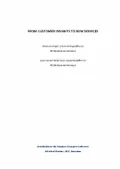
Association For
European Transport
Forester House
Doctors Lane
Henley-in-Arden
Warwickshire, UK
B95 5AW
+44 (0) 15 64 793552
VAT number: 710 1866 64
Conference Supporters & Endorsers

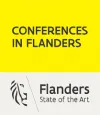


Legal Entity
The Association for European Transport is registered as an Association ('vereniging') with the Chamber of Commerce for Haaglanden in The Netherlands under company number 27170096.
Built on Zenario

